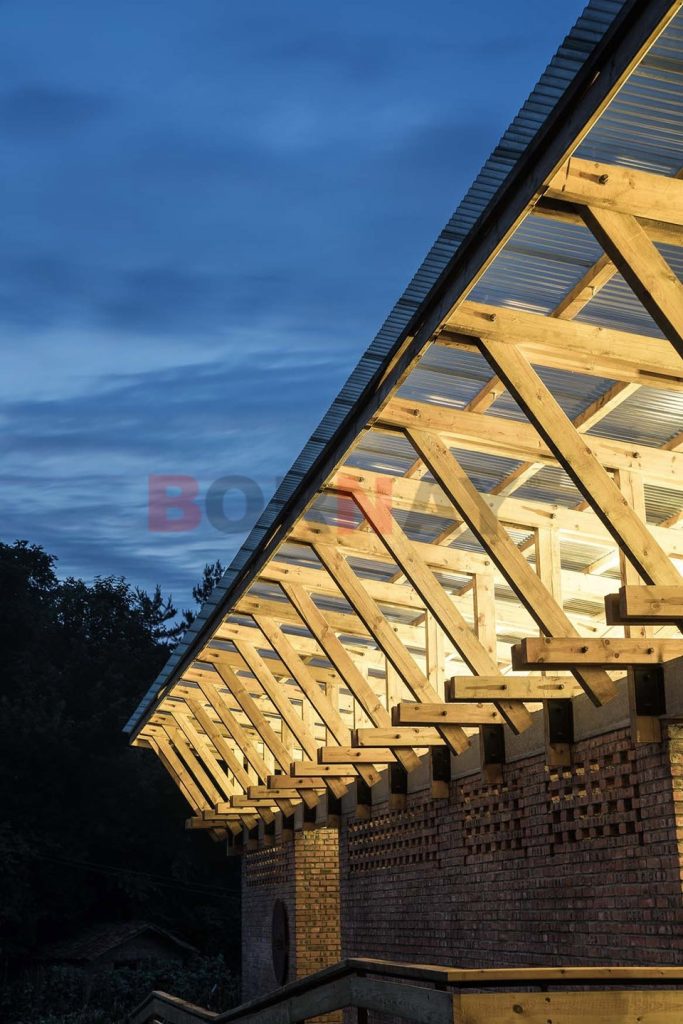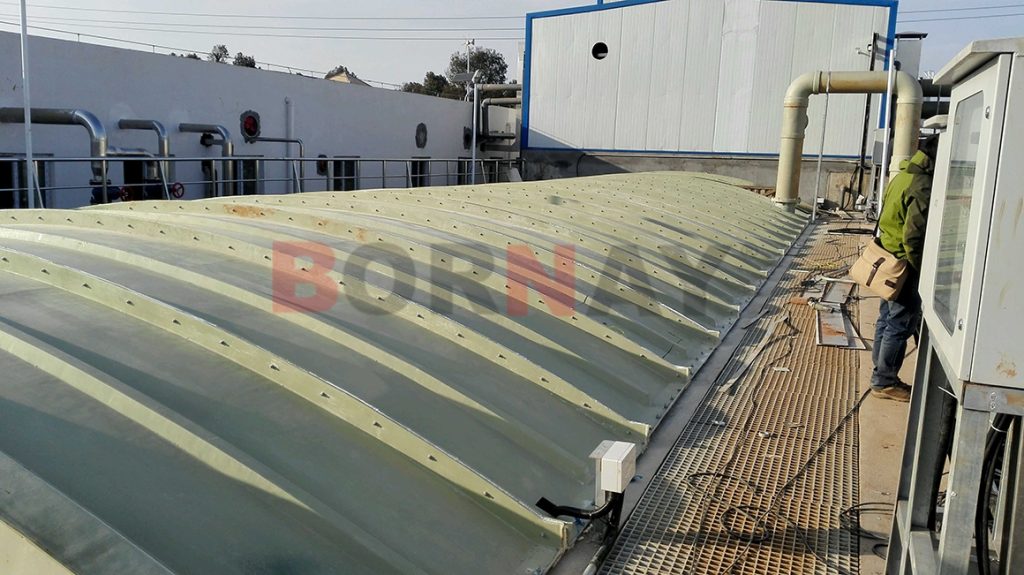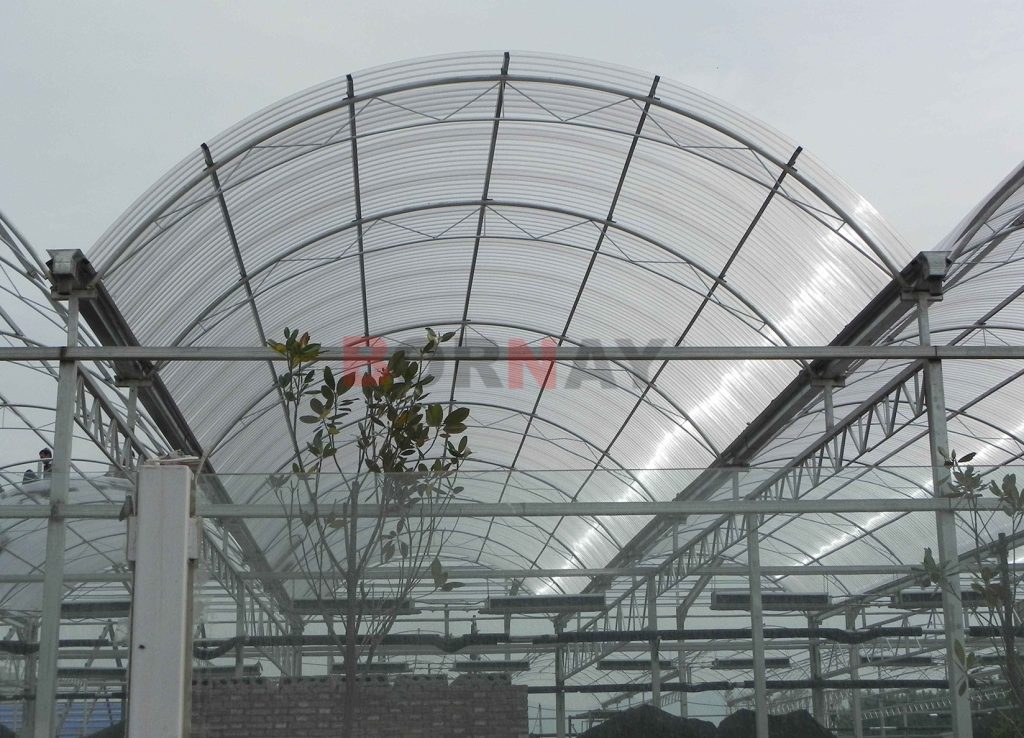Bienvenidos a Langfang-bonai
Analysis of the design and manufacturing process of FRP roof panels

The design and manufacturing process of FRP (Fiberglass Reinforced Plastic) roof panels involves several key steps. Here is an analysis of the process:

Design Concept: The design process begins with conceptualizing the FRP roof panels based on the specific requirements and application. This involves determining factors such as panel dimensions, shape, thickness, surface finish, and structural requirements. The design concept may be developed in collaboration with architects, engineers, and manufacturers to ensure feasibility and functionality.Material Selection: The choice of materials is a crucial aspect of FRP roof panel manufacturing. Fiberglass, which consists of fine glass fibers embedded in a polymer matrix, is the primary material. The specific type of resin, such as epoxy or polyester, is selected based on factors like desired mechanical properties, weather resistance, fire resistance, and cost considerations. Reinforcement materials, such as woven fabric or mats, are chosen based on the required strength and durability of the panels.Mold Design and Fabrication: Once the design concept is finalized, molds are designed and fabricated. Molds are typically made from materials like fiberglass, metal, or composite materials. The molds define the shape, texture, and surface finish of the FRP panels. Computer-aided design (CAD) software and machining techniques may be used to ensure precise and accurate mold fabrication.Reinforcement Placement: The reinforcement material, usually in the form of woven fabric or mats, is carefully placed inside the mold according to the desired structural requirements. The arrangement of the reinforcement material plays a crucial role in determining the strength and stiffness of the final FRP panels. Reinforcements are strategically positioned to distribute load forces and enhance overall structural integrity.Resin Application: Once the reinforcement material is in place, the selected resin (epoxy or polyester) is applied to impregnate the fiberglass reinforcement. Various methods are used for resin application, such as rollers or sprayers, to ensure the resin thoroughly saturates the reinforcement material. The resin provides bonding between the fibers, protects against environmental factors, and imparts strength to the composite structure.Curing Process: After resin application, the FRP panels undergo a curing process to harden the resin and achieve the desired mechanical properties. Curing can be achieved through ambient curing, where the panels cure at room temperature, or heat curing, where controlled temperature and time parameters are applied. Curing allows the resin to chemically react and bond with the reinforcement material, resulting in a strong and durable composite structure.Trimming and Finishing: Once the panels are fully cured, they are carefully removed from the molds. Excess material is trimmed off, and the edges are smoothed or finished as required. Surface treatments, such as sanding or gel coating, may be applied to enhance the appearance, durability, weather resistance, and UV protection of the FRP panels.Quality Control and Testing: Throughout the manufacturing process, rigorous quality control measures are implemented to ensure the FRP roof panels meet the required standards and specifications. This involves inspecting the panels for any defects, conducting dimensional checks, performing material testing to verify resin content and fiber alignment, and testing mechanical properties such as strength, stiffness, and impact resistance.Packaging and Delivery: Once the FRP roof panels pass the quality control checks, they are carefully packaged and prepared for shipment to the designated location. Proper packaging is essential to protect the panels during transportation and handling, ensuring they reach the installation site in optimal condition.Installation: The final step involves the installation of the FRP roof panels on the designated structure. This process may involve attaching the panels to support frames or structures, securing them in place using appropriate fasteners, and ensuring proper sealing and weatherproofing to prevent water ingress.

Throughout the design and manufacturing process, collaboration between designers, engineers, and manufacturers is crucial to ensure the panels meet the desired specifications, structural requirements, and aesthetic goals. Continuous improvement and adherence to quality control measures contribute to the production of high-quality FRP roof panels that offer durability, performance, and longevity for various roofing applications.



